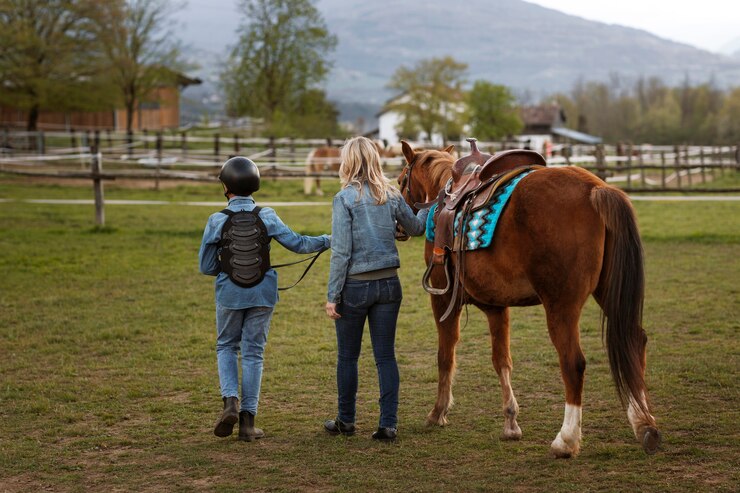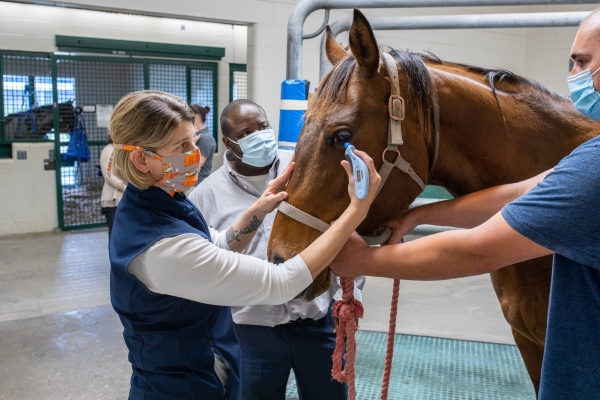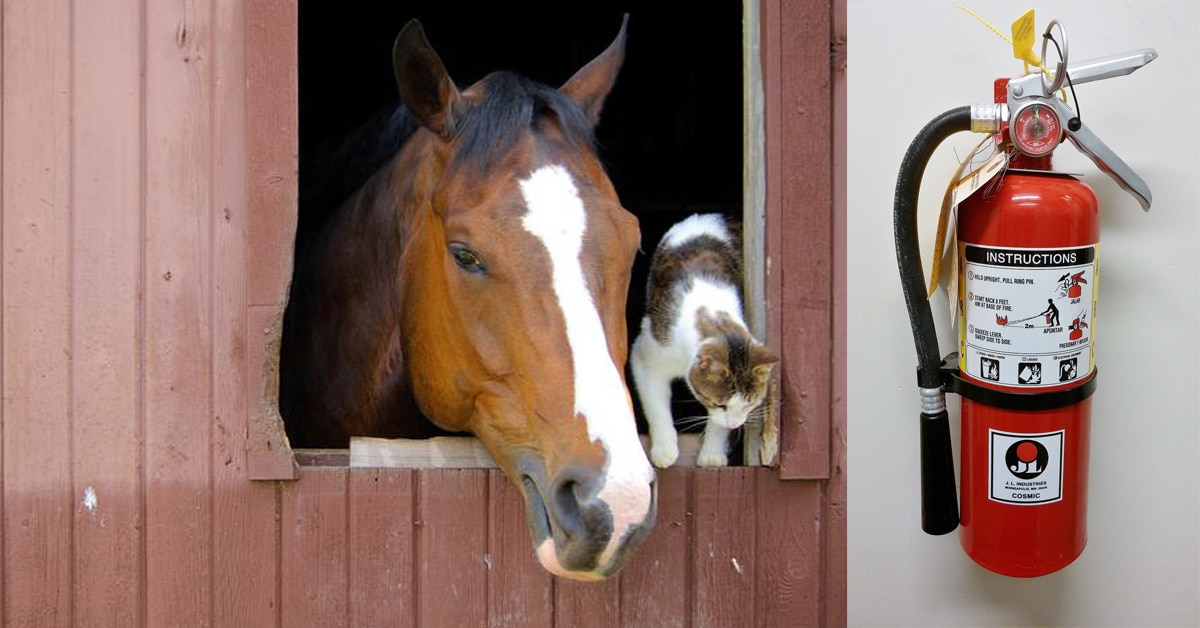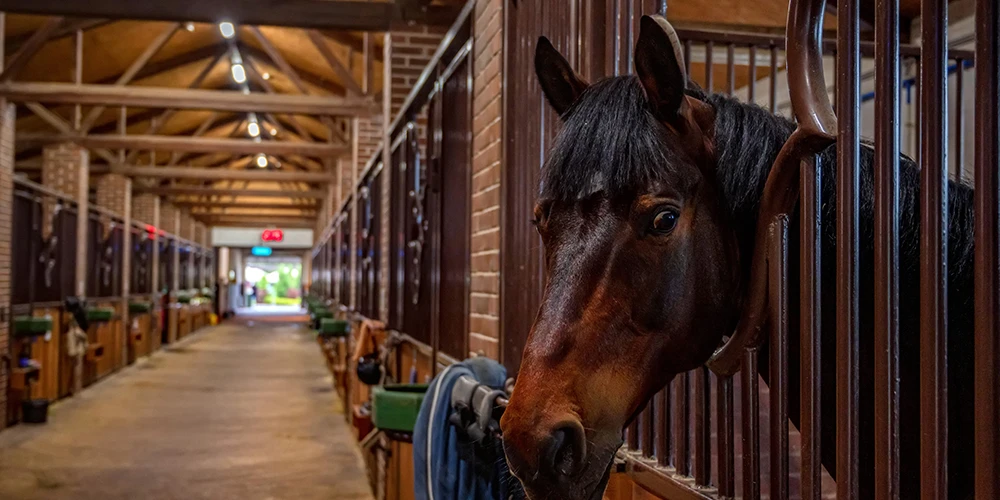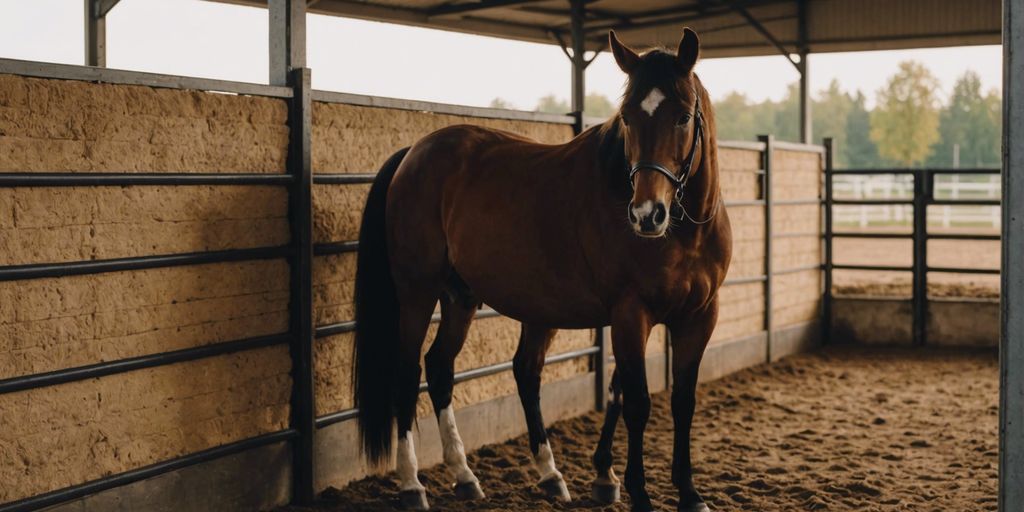Implementing sustainable practices in horse stable management not only benefits the environment but also promotes cost-effectiveness and holistic well-being for both horses and caretakers. Read More
1. Efficient Resource Management:
- Water Conservation: Install water-saving devices such as low-flow faucets and automatic waterers to reduce water usage in the stable. Collect rainwater for irrigation and stable cleaning to minimize reliance on municipal water sources.
- Energy Efficiency: Upgrade lighting fixtures to energy-efficient LEDs and install programmable thermostats to regulate heating and cooling systems. Implementing solar panels or wind turbines can generate renewable energy and reduce electricity costs over time.
2. Waste Reduction and Recycling:
- Manure Management: Implement a composting system to recycle horse manure into nutrient-rich compost for fertilizing pastures or gardens. Consider partnering with local farmers or composting facilities to divert manure from landfills and reduce environmental impact.
- Recycling Program: Set up recycling bins for paper, plastic, glass, and other recyclable materials in the stable and office areas. Encourage staff and visitors to participate in recycling efforts to minimize waste and conserve resources.
3. Sustainable Feeding Practices:
- Pasture Management: Rotate pastures regularly to prevent overgrazing and promote healthy grass growth. Use natural fertilizers and organic pest control methods to maintain soil health and biodiversity.
- Local Sourcing: Source feed and bedding materials from local suppliers whenever possible to reduce transportation emissions and support the local economy. Consider growing your own hay or forage crops to further minimize environmental impact and ensure quality control.
4. Eco-Friendly Facility Design:
- Natural Ventilation: Design stables with ample windows, doors, and ventilation openings to maximize natural airflow and reduce the need for mechanical ventilation systems. Utilize passive solar design principles to optimize natural light and heat distribution within the stable.
- Green Infrastructure: Incorporate green infrastructure elements such as rain gardens, permeable paving, and vegetated buffers to manage stormwater runoff and enhance ecosystem services on the property.
5. Holistic Horse Care Practices:
- Natural Horsemanship: Embrace natural horsemanship principles to promote positive relationships and communication between horses and caretakers. Practice gentle training methods and holistic health care approaches to support the physical, mental, and emotional well-being of horses.
- Herbal Remedies: Explore natural remedies and supplements such as herbal teas, essential oils, and homeopathic remedies to address common health issues and support immune function in horses. Consult with holistic veterinarians or equine nutritionists for personalized recommendations.
6. Education and Community Engagement:
- Staff Training: Provide ongoing training and education for stable staff on sustainable practices, eco-friendly techniques, and environmental stewardship. Empower employees to contribute ideas and initiatives for improving sustainability in stable operations.
- Outreach Programs: Engage with the local community through outreach programs, workshops, and educational events to raise awareness about sustainable horse care practices and environmental conservation. Collaborate with environmental organizations or equine associations to promote sustainability initiatives and share best practices.
Conclusion: Implementing sustainable practices in horse stable management is not only beneficial for the environment but also promotes cost-effectiveness and holistic well-being. By adopting efficient resource management strategies, waste reduction and recycling programs, sustainable feeding practices, eco-friendly facility design, holistic horse care approaches, and education and community engagement initiatives, horse owners can create a greener and more sustainable future for their operations. By working together to embrace sustainability, we can ensure a healthier planet for future generations of horses and humans alike.

